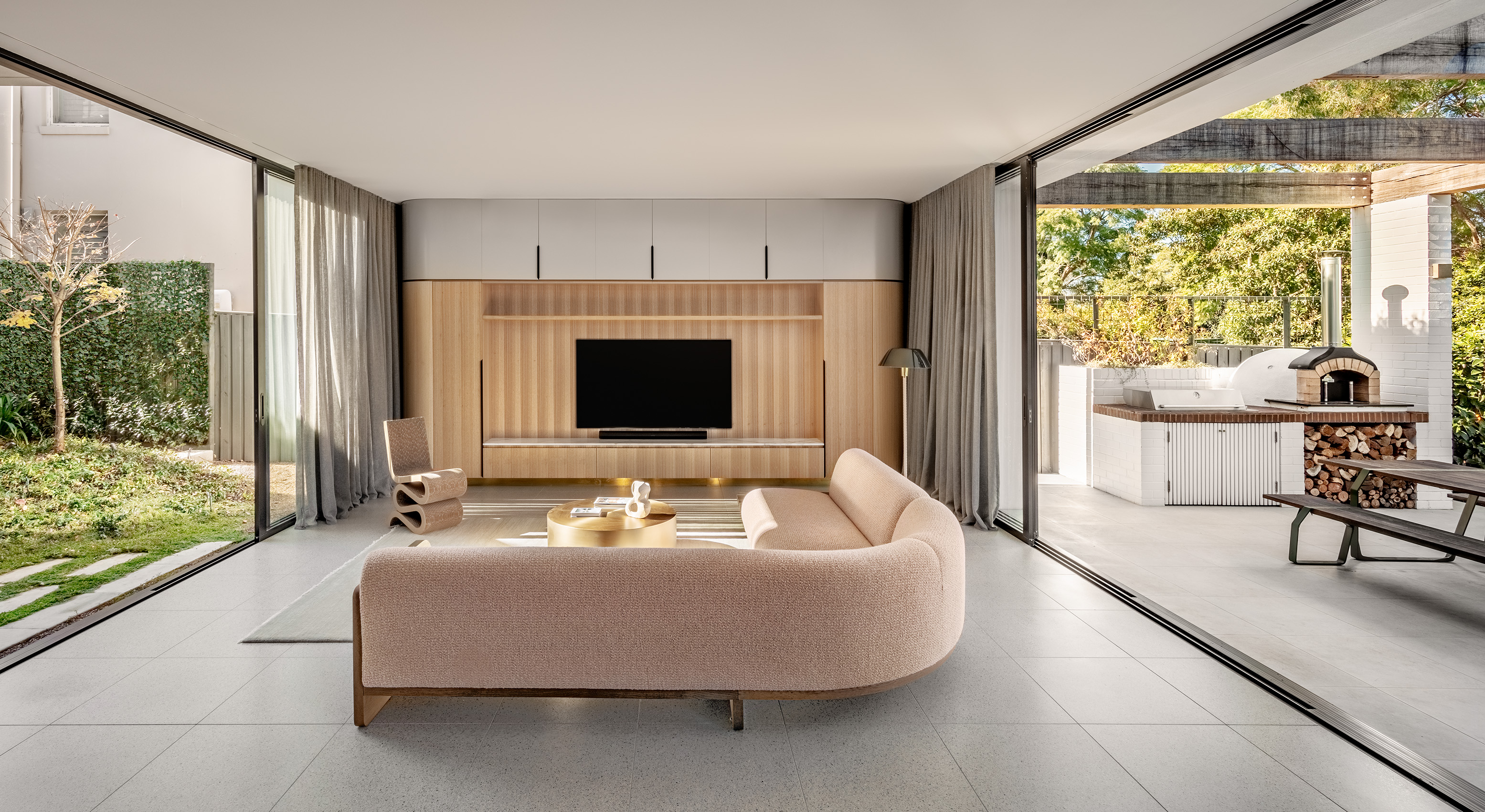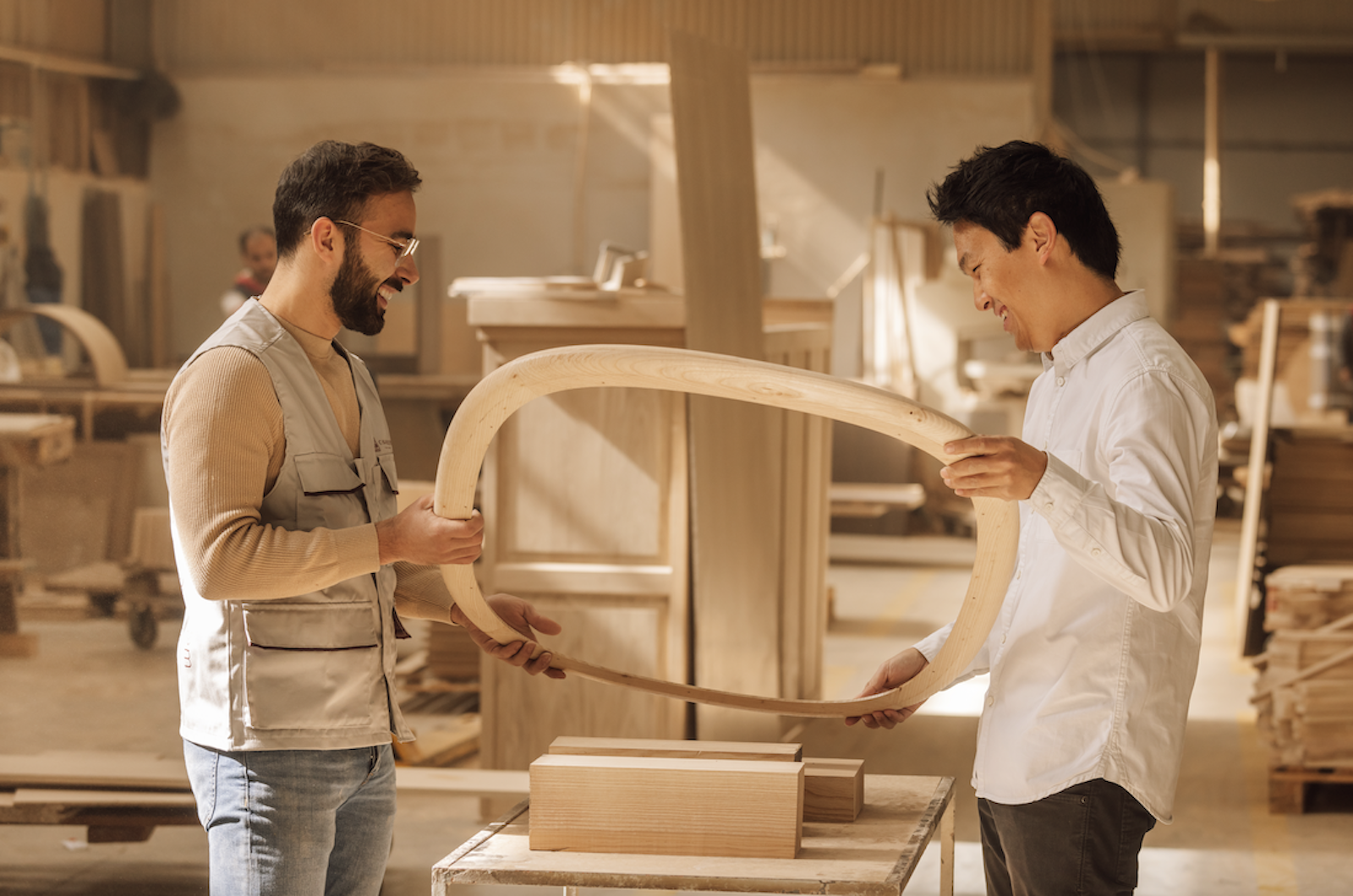Working From Home Could Change Where Innovation Happens
Superstar cities attract talent and money. Remote work is likely to change that.
In September of 2020, smack in the middle of the pandemic, facing the prospect of a winter confined to her too-expensive apartment in San Francisco, Rumman Chowdhury decided she had had enough of the city.
So, the tech-startup founder made the unlikely decision to move to Katy, Texas—a town of about 20,000 just west of Houston, best known for America’s most expensive high-school football stadium.
A year later, Dr. Chowdhury is working remotely as the director of machine-learning ethics at Twitter, which now allows employees to work from home forever. Not only does she not regret her move, but she sees herself as the vanguard of a much broader trend: America’s professional classes are moving not just to hybrid but also fully remote work, and at the same time moving out of the urban hubs where people with first-class talents once clustered.
“What’s nice is that I can do everything I have been doing, and live in a nicer, more comfortable environment where I have my own office, instead of cramming it into a guest bedroom,” says Dr. Chowdhury. She bought her home in Katy sight unseen, and discovered only after moving in that it had one more bedroom than she had realized—for a total of five.
Some researchers and industry experts see the trend as a sign of profound change, at least in the tech industry, which traditionally has been one of the most geographically concentrated fields. Many people are moving outside of the usual industry hubs, and they aren’t coming back.
This shift has profound implications for where and how innovation will happen. Tech-company engineers and other professionals moving farther from the office could bring tech expertise to places that have long sought to add it. And big companies in coastal hubs now have the ability to tap into talent pools farther afield.
Could superstars lose lustre?
In the before (pandemic) times, America’s hottest talent was lured to cities like New York, Boston, Seattle, San Francisco and Los Angeles by outsize pay packages and the promise of working with other first-string talent.
Now Covid-19 has sent some of America’s hottest talent—and, in aggregate, millions of workers—scrambling for the exits from these large, crowded and expensive “superstar cities.”
Americans have already demonstrated the potential scale of remote work: According to a survey commissioned by the Atlantic, 35% of working Americans, or about 50 million people, were working remotely at the peak of the pandemic-era work-from-home trend, in May 2020. But it should be noted that America also has a long way to go if the country is to permanently shift to this level of remote work. As of August of 2021, only 13.4% of Americans, or about 20 million people, were still working remotely, according to data from the Bureau of Labor Statistics. (BLS data tends to be at the low end of such estimates, however.)
Many economists think the current exodus of talent amounts to a blip—a temporary shift of workers that belies the long-term power of cities to attract the best and brightest. This migration, they say, largely represents people moving from city centres to suburbs, a change made possible by hybrid work and less commuting, which will have little long-term impact.
But these economists may be missing a key element of the trend: That companies are embracing the idea of remote work because it enables them to hire people from anywhere, and potentially for less money.
According to data from LinkedIn, as of August, the number of jobs that included a remote option was one out of every eight on the site, which is several times the proportion it was a year ago. Out of a pool of about 11 million job postings on LinkedIn, that represents about 1.4 million jobs—including everything from children’s-book editors to anti-money-laundering experts.
Remote work was gaining steam even before the pandemic, which only accelerated its adoption. Adam Ozimek, chief economist at Upwork, which operates a platform connecting employers and freelance workers, calls the ever-growing collection of cloud-based tools that make remote work possible—from Zoom and Slack to Figma and GitHub—a “general-purpose technology,” as important as electricity or the computer itself, that could lead to changes in where people live, how work is done, where innovation happens and how wealth is distributed in the U.S.
In the short term, he says, economic data do indeed indicate that people have mostly moved to the suburbs. But in the long run, he argues, odds are that millions of people are going to leave America’s biggest cities altogether, in search of higher quality of life and lower cost of living.
“The mobility data we have seen certainly suggests that the greatest number of moves have been into the peripheral regions of superstar cities,” says Dr. Ozimek. “But I think we have to consider how households are going to make these decisions and how uncertainty about current remote work opportunities plays into that,” he adds.
In other words, “if a bunch of other potential employers go fully remote, that is really when households can feel more confident about moving far away and giving up access to the superstar-city labor market,” says Dr. Ozimek.
Extrapolating from a September survey of 1,000 hiring managers and other data, Dr. Ozimek projects that 30 million American professionals could be fully remote by 2026.
Matthew Kahn, a professor of economics at the University of Southern California, recently published a paper showing that the pandemic shrank the premium people are willing to pay to live in the center of cities, compared to the suburbs. It’s entirely possible, he says, that this trend will continue, pushing people even farther out of existing superstar cities.
“My thought experiment runs like this: Where would every American live, if they could email themselves to work?” says Dr. Kahn. The answer, he says, is well-run cities with good amenities—no matter how far they are from headquarters.
Obstacles to moving
But such moves by workers come with challenges. Being able to “email yourself to work” depends on how much the average American professional is able—and willing—to adapt to working far from colleagues nearly all the time, as opposed to just part of the time, as has been common in flexible and hybrid working arrangements.
For one thing, working remotely can bring on isolation and creative doldrums. There is evidence that the pandemic and widespread remote work shrank our networks at our jobs, according to a Microsoft analysis of billions of Outlook emails and Microsoft Teams meetings. One reason this matters: Having more connections with employees outside your team correlates with higher creativity.
But a flood of technologies has arisen to enable remote work, from virtual offices and virtual retreats to virtual business travel, Zoom Rooms and remotely piloted robot bodies for doing blue-collar work from home. Companies that are veterans of running remote workplaces have already found a number of ways to bring employees together both in person and virtually, in order to accomplish what coming to the office regularly once did.
For instance, to reproduce the serendipitous “water-cooler conversations” among team members that offices like Apple’s are famously designed to facilitate, every week Dr. Chowdhury uses a feature of Google Meet that randomly assigns pairs of team members on a group video call to individual breakout rooms. “We randomly pair people up for 10-minute conversations and there is no goal, it’s just, ‘Hey, how are you, how was your weekend,’ and then it switches,” says Dr. Chowdhury. “It’s like speed dating in a sense, or speed networking,” she adds.
Meanwhile, although leaders of tech companies love to talk about how important innovation is, and how important being under the same roof is to innovation, there is scant evidence that people need to collect themselves in the same place every day in order to collaborate and come up with new ideas.
What’s more, research suggests that the kind of innovation that company leaders are thinking about—the de novo generation of an entirely new product or technology—is incredibly rare. The kind of innovation that actually drives the bottom line, what you might call everyday innovation, is collaborative and incremental, precisely the kind of steady grind carried out by a small group of employees. A year and a half of data on the increased productivity of remote workers suggests current collaboration technologies are more than capable of facilitating collaboration.
Creating new hubs
As professionals working for America’s most productive companies leave superstar cities, or never move to them in the first place, the new geography of innovation, and the local economies that benefit from the wages of those who create it, could also be dispersed.
It would be one thing if workers simply dotted the landscape, choosing new places to land willy-nilly, but there’s every indication that they will cluster anew, but using different criteria. Cities of the future will have to compete on amenities like good governance, access to the outdoors, better parks and entertainment, says Dr. Kahn, echoing work by the economist Ed Glaeser. The flood of coastal expatriates with jobs in tech to places like Boise, Idaho, seems to back up these assertions.
This effect could be especially powerful for tech companies, which are in the best position to leverage existing remote-work technologies, build their own and even sell some of those tools to others. Google’s cloud-based productivity tools and Amazon Web Services were both born of internal needs, after all, and are both now essential to remote work at millions of companies.
Who knows which of the new crop of remote-work technologies being developed by tech companies large and small, from virtual reality to telepresence, will expand the pool or enhance the productivity of remote workers next?
The paradoxical result of widespread remote work is that it represents both centralisation and decentralisation of where new technologies are built. That is, even as workers disperse geographically, more of them are doing their work in a single place: the internet. This change is already helping Silicon Valley giants break through logjams like regional housing crises in order to poach talent wherever it lives.
The team Dr. Chowdhury has built at Twitter in the past six months embodies this trend. “I am not limited to hiring people in San Francisco. Do you know how amazing that is?” she says. “My team is in every U.S. time zone, as well as the U.K. If we went back to an office, where would it be?”
Reprinted by permission of The Wall Street Journal, Copyright 2021 Dow Jones & Company. Inc. All Rights Reserved Worldwide. Original date of publication: October 20, 2021
 Copyright 2020, Dow Jones & Company, Inc. All Rights Reserved Worldwide. LEARN MORE
Copyright 2020, Dow Jones & Company, Inc. All Rights Reserved Worldwide. LEARN MORE
This stylish family home combines a classic palette and finishes with a flexible floorplan
Just 55 minutes from Sydney, make this your creative getaway located in the majestic Hawkesbury region.
Futureproof your home and maximise your return with design directions that focus on contemporary ways of living
Looking to build, or renovate, a home in 2024? You’re not alone. According to a recent study from Resolve Finance, over a third of Australian homeowners are planning to renovate their current properties in the next 12 months. And if the Federal Government achieves its ambitious goal of delivering 1.2 million new dwellings over the next five years, there will be many new home owners looking to build their dream home in 2024 and beyond.
But before tackling such a behemoth task, considering all the latest—and future—architectural trends is pivotal in your new build’s success. Award-winning architect and interior designer, Georgina Wilson said sustainability will be at the forefront for many interested in energy efficiency and saving money on power bills.
“Elements of passive design are moving into the mainstream. Improvements in the technology with double glazing, building wrapping and insulation are meaning that more people have access to these materials,” Ms Wilson said. “Solar has proven itself and homeowners are now looking for other ways to make their home more efficient.”
The following eight trends reflect a growing emphasis on sustainability, flexibility, and wellbeing in residential architecture, catering to the evolving needs and preferences of homeowners in 2024.
—
1). Consider your colour palette
The colours you use say everything about the type of spaces you want to foster, whether they be bright and warm, dark and moody, neutral — the list goes on. If we’re looking to trends, earthy, calming neutrals are in — think brown, beige and eucalyptus green. Colours that feel natural and soft, but welcoming provide an inviting environment that’s easy to live with.
However, interior designer and stylist, Jono Fleming said contrast is important to create interest and one of the most powerful ways to do this is through colour.
“It doesn’t have to be a big splash of colour, it could be introduced through smaller decorative objects, a statement furniture piece or an artwork, but the colour should add balance to the space,” he said.
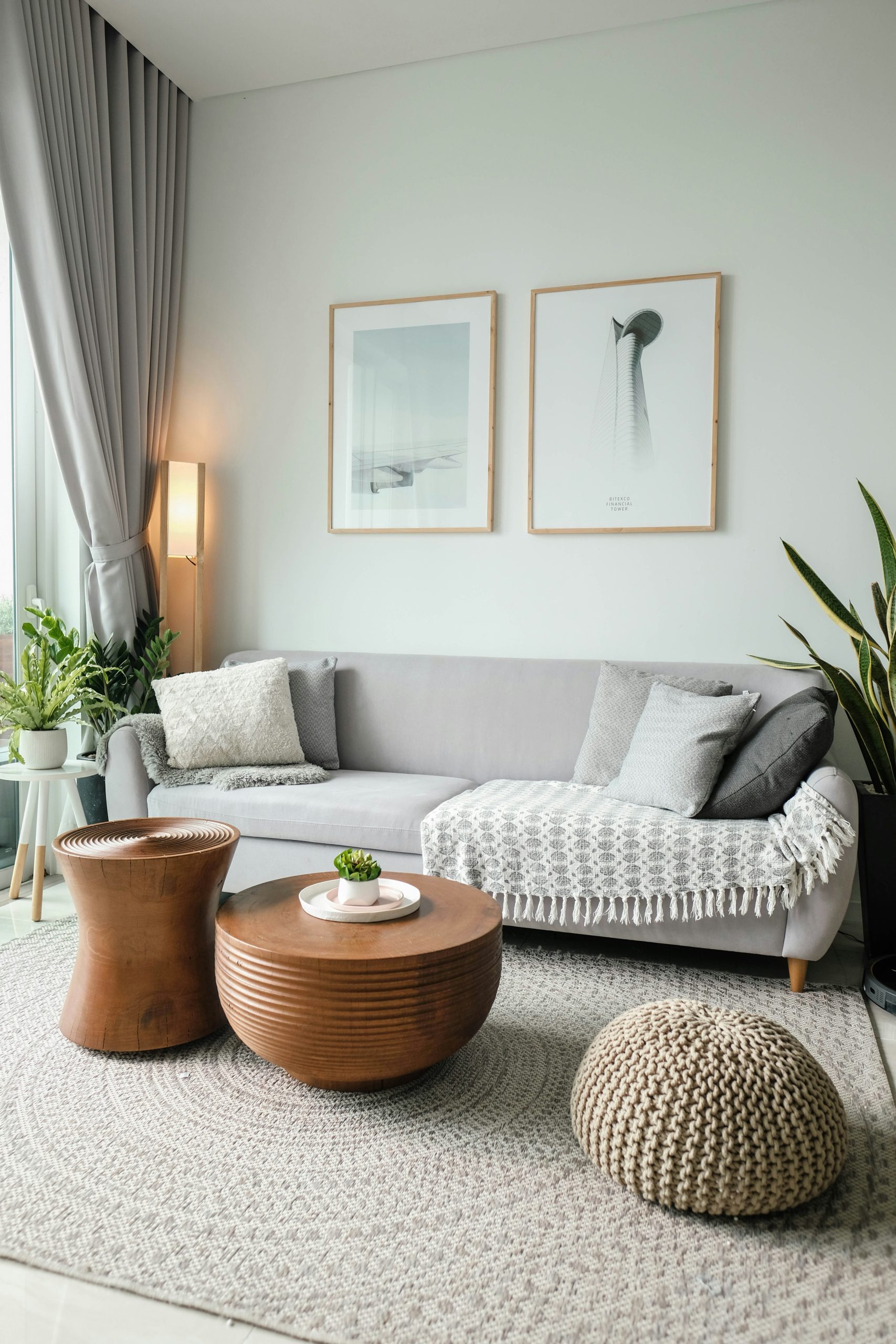
2). Modern, outdoor living areas
Ever since the COVID pandemic and subsequent lockdowns, expanding living spaces to the outdoors has gained in popularity. Features like plant-filled front porches, outdoor kitchens, fire pits, and cosy seating areas create inviting spaces for relaxation and entertainment for all family members.
“There has definitely been a greater appreciation for outdoor living spaces since COVID,” said Ms Wilson. “Outdoor fabrics and mechanisms for shading have greatly improved in recent years allowing people to fully embrace seamless indoor/outdoor living.”
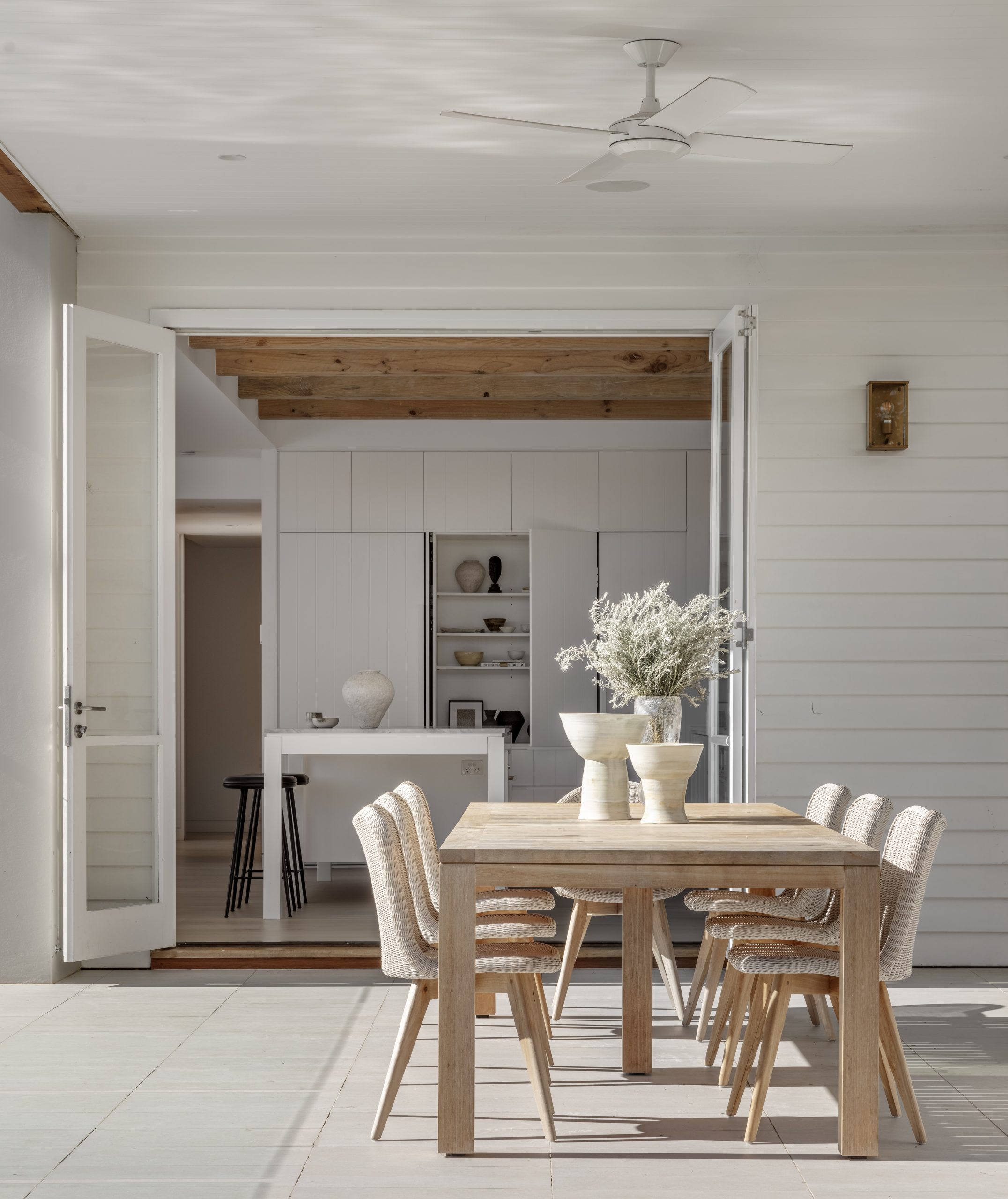
3). The integration of smart technology
Integrating smart home technology throughout your home continues to gain traction with homeowners. As we increasingly look to rely on technology to make our lives all the more seamless, smart technology throughout allows homeowners to control a variety of tasks and zones remotely, enhancing convenience, security, and even energy efficiency. This can include controlled heating and cooling from your phone, automatic lightning, voice control commands, and more.
“The technology for seamless appliances has come a long way. At Salone del Mobile Milano this year, we experienced the new Gaggenau fully integrated induction bench top, which in terms of kitchen design, is a huge advancement,” said Ms Wilson.
Gaggenau, the German manufacturer of high-end home appliances, is at the forefront of smart home technology, paving the way for intelligent cooking appliances that learn and adapt to user preferences. Gaggenau’s essential induction cooktop, the functional and seamless cooking surface Ms Wilson speaks of (pictured below), is designed to be “seamlessly integrated into a kitchen’s worktop”.
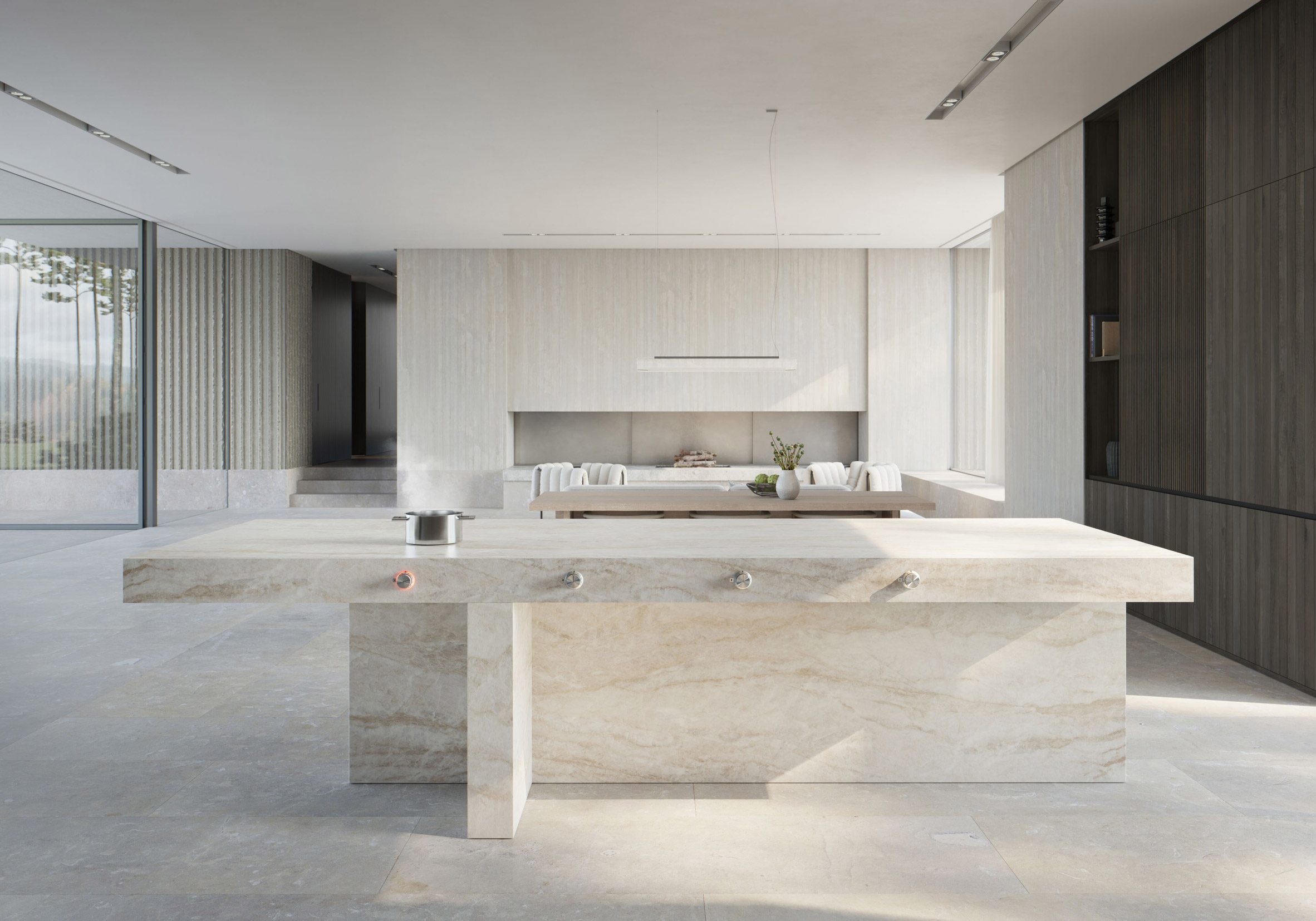
4). Health and wellness features
Prioritising health and wellness in 2024 is paramount, and home design that can include features like air purification systems, dedicated exercise spaces, recovering hubs—like saunas and ice baths—and relaxation areas to support physical and mental wellbeing will go a long way in not only adding value to your home, but providing a space that is architecturally on-trend and with the times.
“I’m seeing a lot of demand for in-built saunas, both traditional and infrared, particularly in the homes of our US clients,” said Ms Wilson.
“Bathroom suppliers such as Kohler, Duravit and Toto are offering increasingly sophisticated products that incorporate an almost spa-like experience in your at home bathroom. Examples of this are fantastic multi-nozzle showers and steam showers, Japanese toilets incorporating bidet technology, and elegant and serene bathroom furniture that can be fully customised for clients.”

5). Sustainability is key
A common goal among homeowners and future buyers alike is to own a property that is flexible enough grow with them. Futureproofing your home with sustainable measures will not only ensure its longevity, but it will help homeowners to play their part in addressing their carbon footprint.
“The current cost of living crisis is leading to a lot more multigenerational living, meaning families are prioritising durable materials and sustainable power sources, like solar,” said Ms Wilson.
Consider adding solar panels to your home, utilising sustainable materials in any upcoming renovations or builds, like recycled timber, and utilising energy-efficient lighting throughout your home.
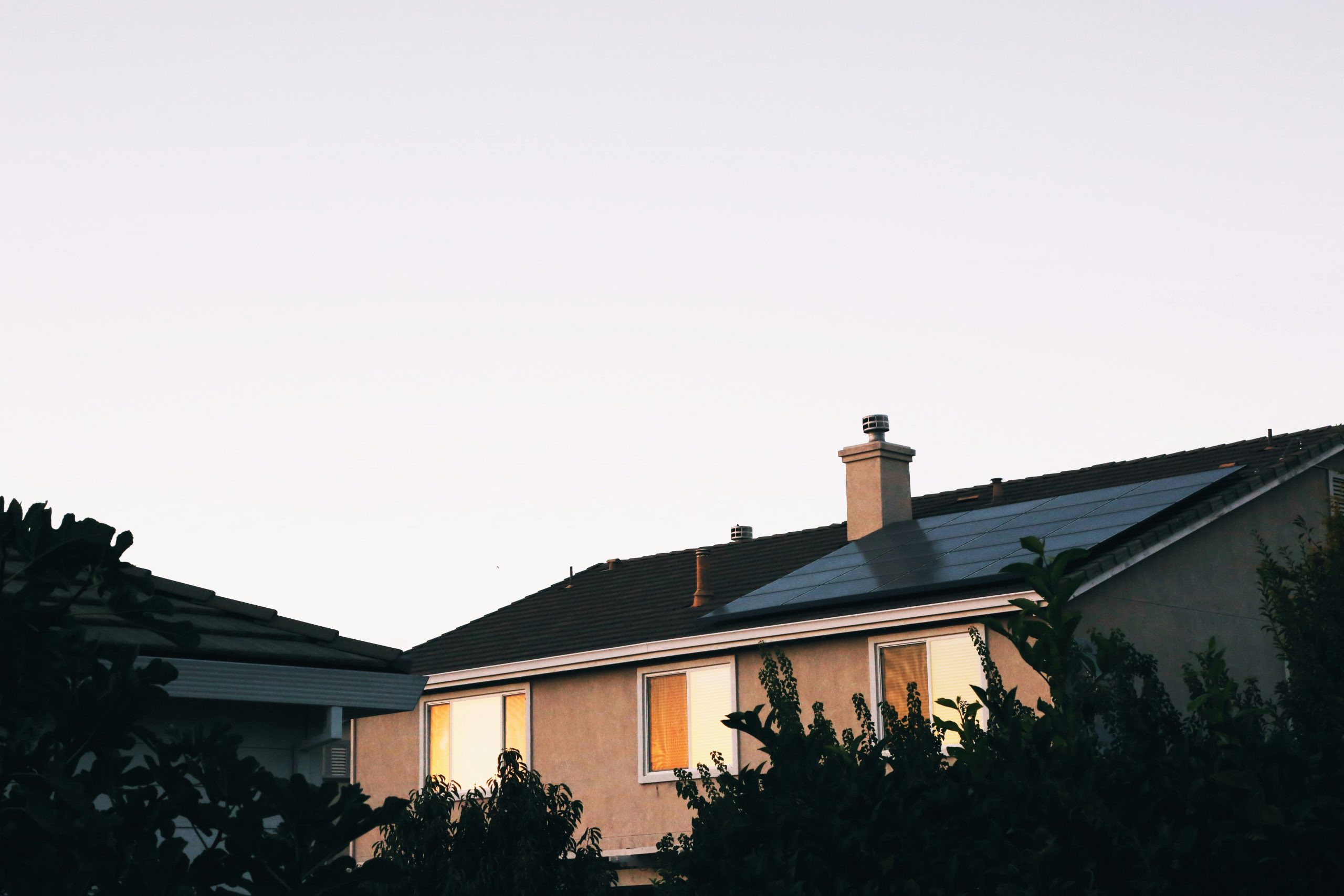
6). Minimalist design
Do as the Scandinavians do – introduce minimalist design into your home. Embrace simplicity and clean lines with a focus on interior design. Decluttering in main living spaces is surprisingly effective. Adopting the approach of ‘Swedish Death Cleaning’, which essentially involves slowly ridding your house of unwanted or unused items once you reach the other side of 50, will also help you whittle your possessions down to the beautiful and the necessary.
Minimalist design in home appliances is also making a resurgence in 2024 according to Ms Wilson.
“What I’ve been interested to see at Salone del Mobile Milano in 2024 is a huge return to stainless steel finishes, and more and more seamless integration of appliances,” said Ms Wilson.
“We’re seeing timeless materials in reimagined applications: copper baths and stainless steel basins are emerging trends with the potential to be timeless. These materials are so practical, and pair beautifully with natural stone and timbers.”
Above all, maximising different spaces through efficient and effective storage options will also do wonders in achieving that minimal aesthetic.
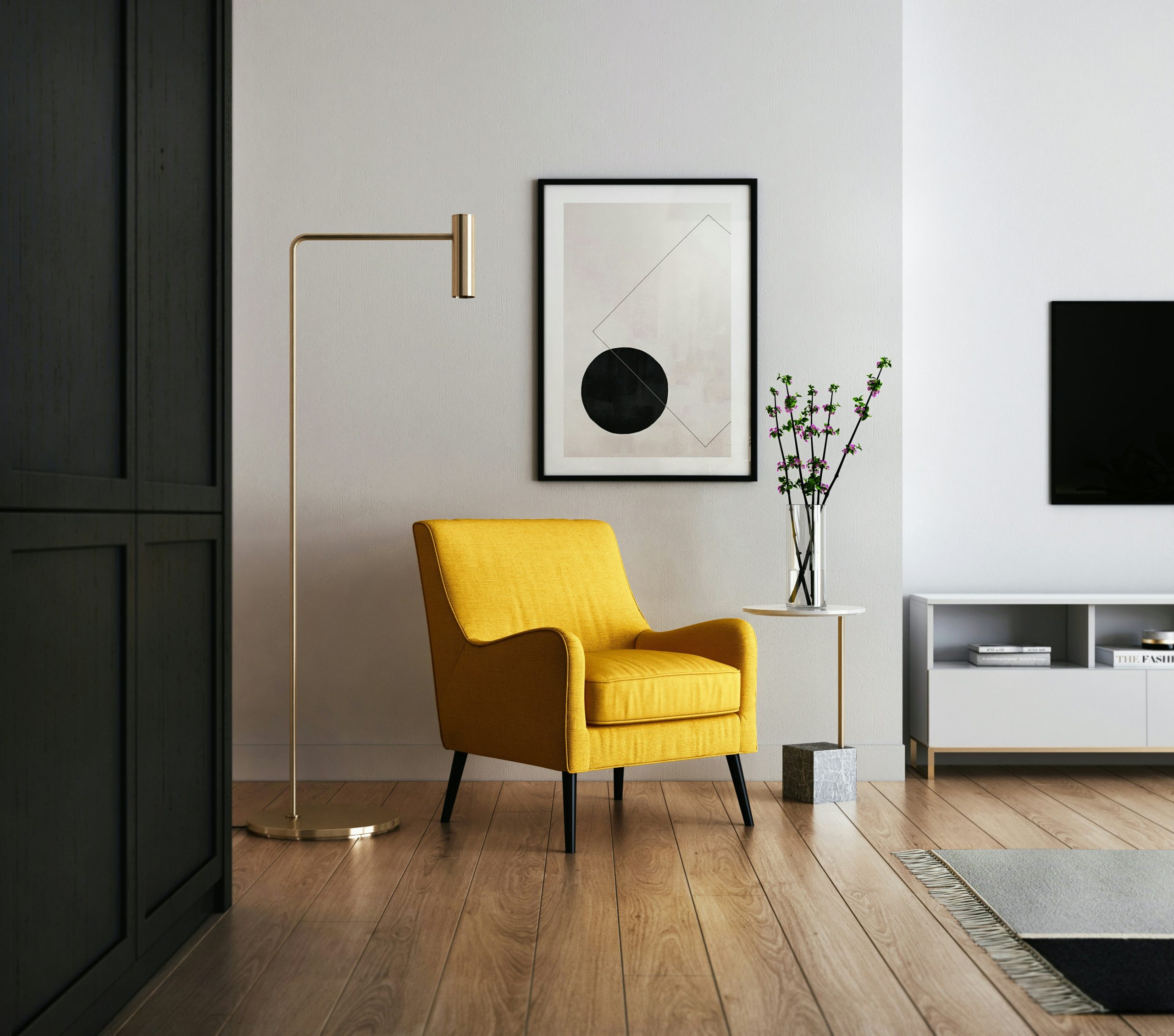
7). Multifunctional spaces
As we move towards greater efficiency of space, it’s useful to consider multifunctional spaces throughout your home. In 2024, we are seeing more homes incorporate multifunctional spaces and trends. This includes using multifunctional furniture in main bedrooms or living spaces—furniture that can act as storage ottomans or convertible sofa beds—as well as transforming wasted space, and open up indoor to outdoor living.
“Multifunctional spaces in homes are a great idea. Particularly in small homes, it makes a lot of sense to achieve maximum value out of the limited space available. The way you use a space can change as your family evolves over time, so it’s always good to design in such a way that allows for flexibility,” said Ms Wilson.
“Make sure that the functions you allocate to a single room are compatible with the space available and each other. For example, it works really well to combine a living room, a dining room and a kitchen in one open plan space because these are all public, lively spaces. It doesn’t work very well to combine, say a study, with these spaces because you will want control over the visual and acoustic privacy in a study.”

8). Think about biophilic design
A buzz word among architects and interior designers, biophilic design is one of the strongest trends in 2024 thanks to its benefits in garnering a sense of harmony and connection between your home and the environment. Consider incorporating natural elements into home design, such as large windows to maximise natural light, indoor gardens, and natural materials like wood and stone.
“Biophilic design is a timeless principle, in that home design should connect people in a positive way with their natural environment by maximising access to, and the ability to control, natural light and ventilation, which really helps to create an enjoyable (and healthier) environment to live in,” said Ms Wilson.
“Increasingly, there is a demand for this positive relationship to the natural environment; by leaning on the principles of biophilic design, you can create a haven and retreat at home that can help with the daily stresses of life.”
Ways to foster that indoor-outdoor connection can be through the addition of smaller internal courtyard spaces filled with greenery, or incorporating indoor plants and adding greenery into different rooms throughout your home.
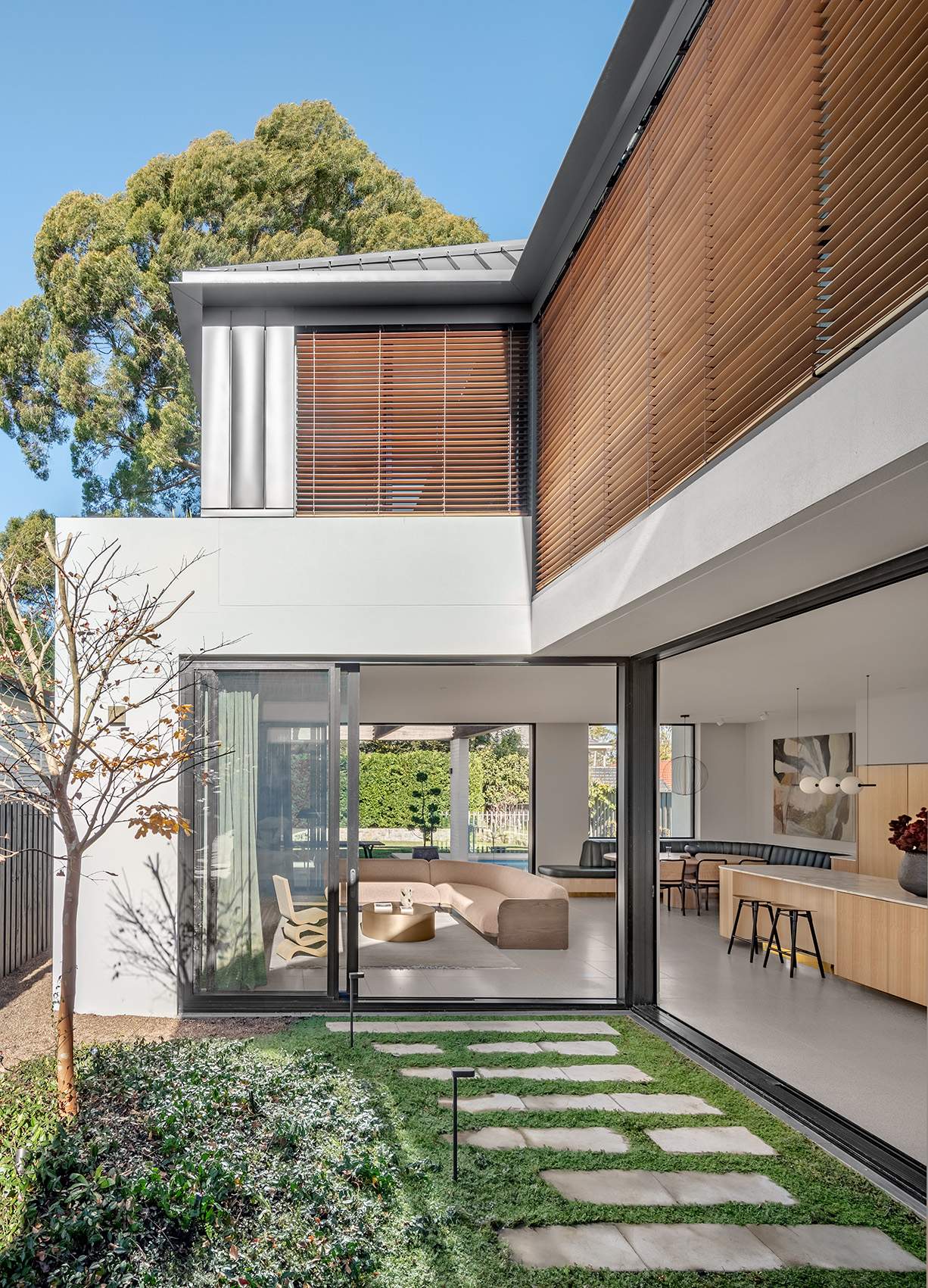
—
Consumers are going to gravitate toward applications powered by the buzzy new technology, analyst Michael Wolf predicts
This stylish family home combines a classic palette and finishes with a flexible floorplan

















